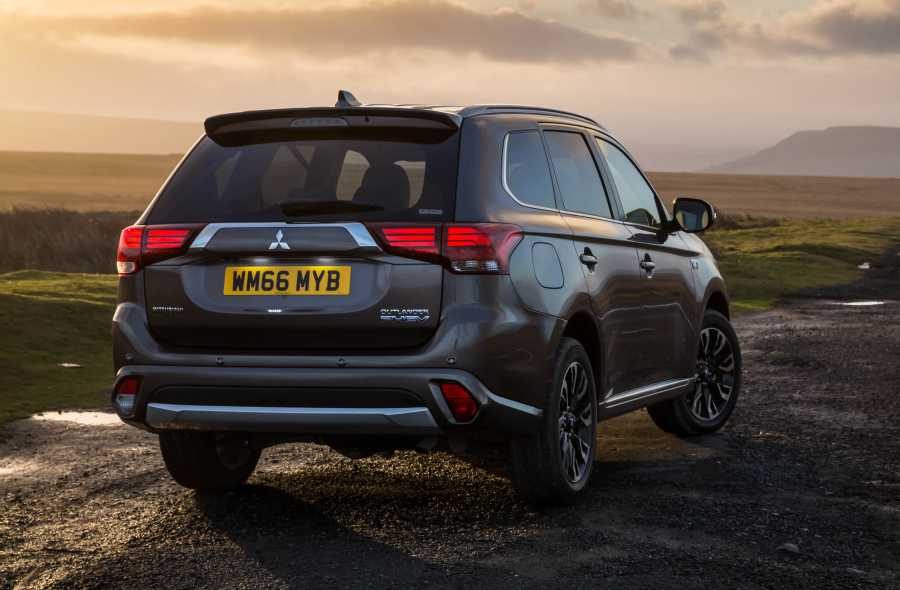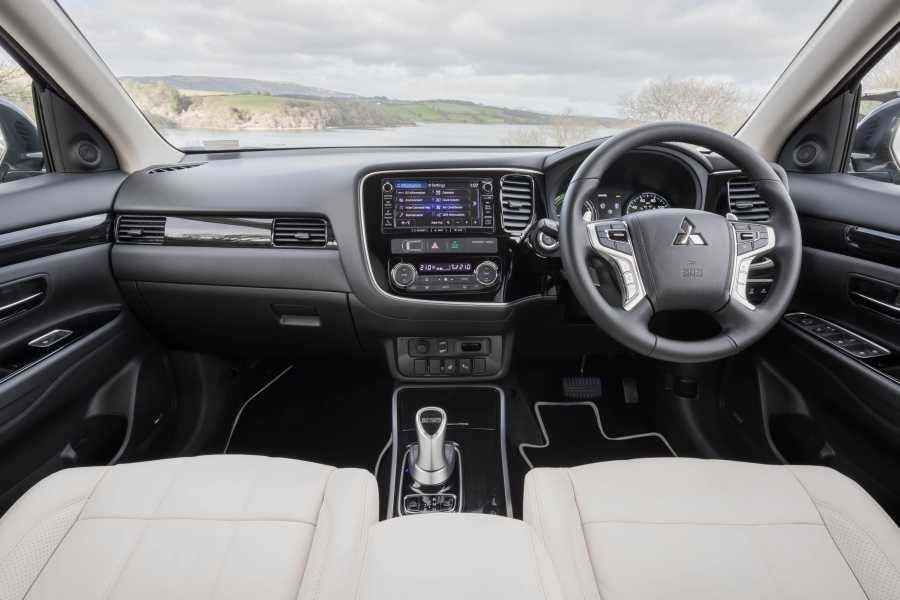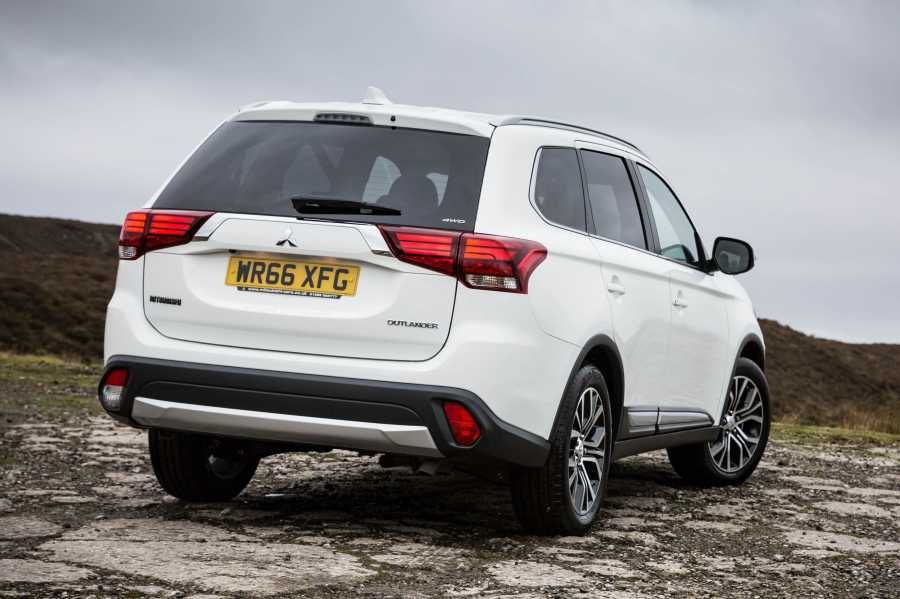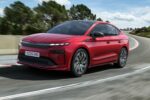Featured · First Drive · Mitsubishi · Reviews
Outlander on an electric charge
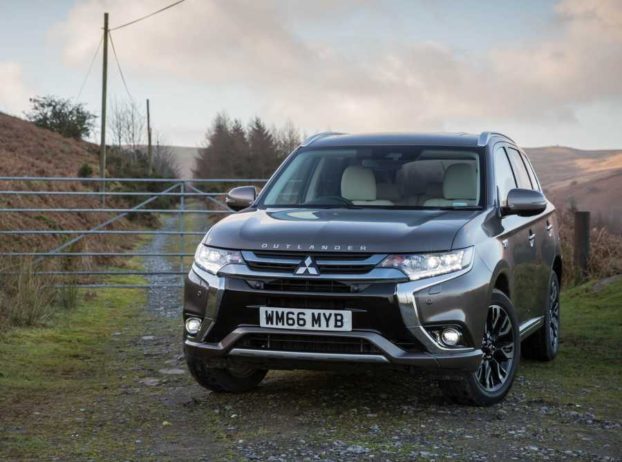
EXACTLY a century on from the launch of its first car – the Model A – Japanese brand Mitsubishi is leading the way in Britain.
Its Outlander PHEV model is the UK’s best selling electric powered vehicle and has a commanding grip on plug-in sales with 26,000 sold last year, some 34 per cent of the market.
Both the PHEV, which stands for plug-in hybrid electric vehicle, and its Outlander Diesel stablemate have been given a revamp for this year – and the message from Mitsubishi is one of ‘no compromise’.
As the car is designed from the ground up to be a plug-in hybrid, none of the Outlander PHEV’s cabin space – and only around eight per cent of the boot – is sacrificed for storing the battery.
Now the Japanese brand has sharpened the car’s hybrid system and at the same time given the Outlander Diesel variant a new dynamic package.
It means that the PHEV can be driven – considerately at least – for 33 miles in fully electric mode, giving its owner about 166 miles per gallon from a combination of battery and 2.0-litre petrol engine.
Rapid charging is also improved, taking 25 minutes to reach 80 per cent, and the car’s CO2 emissions are down as well, to 41g/km.
An extra bonus is that you can extend the batteries’ charge by blipping the paddle-shifts on the steering wheel, through six strength settings of regenerative braking.
More visible changes see the arrival of a hold switch for keeping the car in EV mode, an electric parking brake, LED front fog lights, an auto high beam, forward collision mitigation and a blind spot alert.
The overall package adds up to a serious proposition because the Outlander now really looks and feels the business.
Fit, finish and sound insulation is top notch, there’s some lovely soft leather in the higher spec cars, better software, fewer buttons, decent interior space and a large boot when the third row seats are down.
A low centre of gravity and good weight distribution are made all the better for some suspension updates which add up to a smooth driving experience, as we discovered over a mixed route of urban, motorway and country lanes on the recent press exercise.
PHEV prices start at £34,749 excluding the £2,500 Government grant for low emission vehicles while the Diesel is priced from £24,799.
If you’re one of those people who still can’t get their head round plug-in hybrid – or likely to be travelling longer distances on a daily basis – the diesel, with its 2.2-litre 150PS engine, makes plenty of sense.
It may not cruise silently through the streets like its stablemate but it’s smart, efficient, has seven seats in all but entry grade models and can return 53.3mpg.
New for 2017 are the likes of a shark-fin antenna, interior mood lighting, a new centre console and an electronic parking brake while all models come with a three-mode 4×4 set-up.

